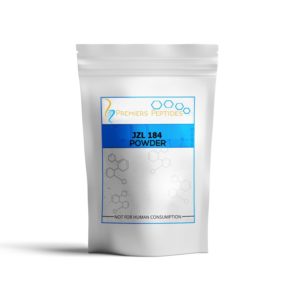Description
Buy Adrenalin HCL online
Also known as adrenaline hcl or epinephrine hcl. Although there is sufficient data which strongly recommends Adrenalin HCL infusions as a viable treatment, more trials are needed in order to conclusively determine that these infusions will successfully reduce morbidity and mortality rates among preterm, cardiovascularly compromised infants. Buy Adrenalin HCL online
2. Adrenalin HCL Usage:
Adults:
0.3 to 0.5 mg subcutaneously or IM; may be repeated if necessary every 5 to 10 minutes.
Infants, Children, and Adolescents:
0.01 mg/kg/dose (0.01 mL/kg/dose of a 1 mg/mL solution) IM (preferred) or subcutaneously. Max: 0.5 mg/dose. May repeat every 5 to 10 minutes as needed; more frequent administration may be appropriate in certain circumstances, as judged by the clinician. Monitor for reaction severity and cardiac effects.
3. Warning on Adrenalin HCL (329-63-5)
Avoid injecting into the buttocks, digits, hands, or feet. Cardio or cerebrovascular disease. Hypertension. Diabetes. Hyperthyroidism. Parkinson’s disease, Pheochromocytoma. Elderly. Pregnancy (Cat.C). Labor & delivery. Nursing mothers.
4.Further instructions:
A case has been made for the use of Adrenaline HCL (epinephrine) infusion in place of
the widely accepted treatment of inotopes for preterm infants with clinical cardiovascular compromise.
Inject Adrenalin intramuscularly or subcutaneously into the anterolateral aspect of the thigh, through clothing if necessary. When administering to a child, to minimize the risk of injection related injury, hold the leg firmly in place and limit movement prior to and during an injection. The injection may be repeated every 5 to 10 minutes as necessary. For intramuscular administration, use a needle long enough (at least ½ inch) to ensure the injection is administered into the muscle. Monitor the patient clinically for the severity of the allergic reaction and potential cardiac effects of the drug, and repeat as needed. Do not administer repeated injections at the same site, as the resulting vasoconstriction may cause tissue necrosis.





